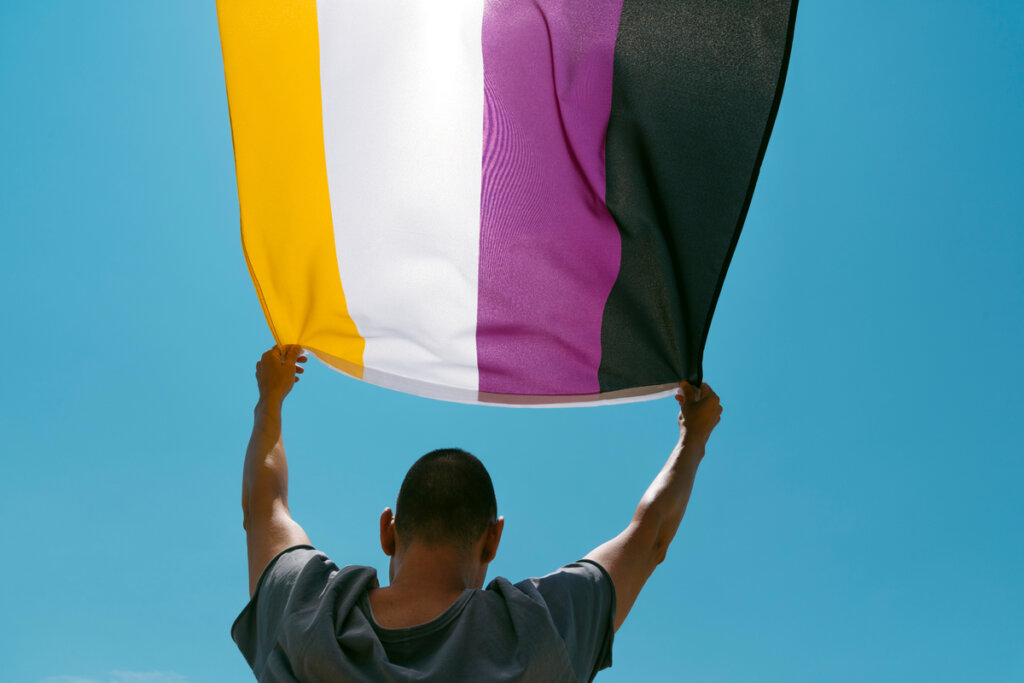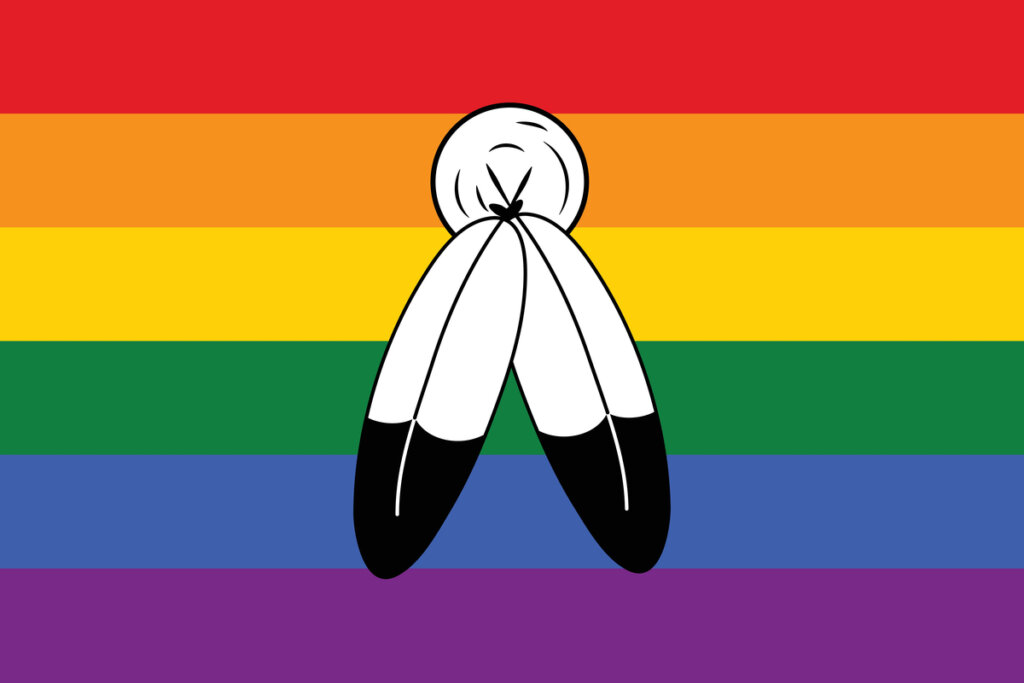Three Kinds of Gender Identity

We live in a world of a heterogeneous nature. Diversity is a part of our life. In fact, we can identify it in each of our daily interactions with other people. When we refer to sexual and gender diversity, we’re talking about the different ways in which human beings can live, enjoy, and express their sexual orientation and gender identity.
Gender identity can be understood as the individual and subjective perception of each individual in relation to gender. In other words, whether you perceive yourself as a man, as a woman, or as neither, and the way you experience this perception in your daily life.
Cisgender
The term ‘cisgender’ refers to people whose gender identity coincides with their biological sex and with the gender assigned to them at birth. Thus, there are both cisgender men and cisgender women.
The word began to gain relevance during the second decade of the 2000s. It started to be used in order to make visible the fact that what we tend to commonly assume as ‘normal’ is only one option, among many others.

Trans identities
The prefix trans means ‘on the other side’ or ‘through’. This is used to describe different identities and gender expressions that have in common the fact that the gender assigned to them at birth doesn’t agree with the gender the individual perceives themselves as.
Under this term, we can categorize the life experiences of transsexuals, transgender people, transvestites, among others.
In 2020, the Inter-American Commission on Human Rights published a Report on Trans and Gender- Diverse Persons and Their Economic, Social, Cultural and Environmental Rights. In this report, they included the category of trans identities. These are people who identify as non-binary.
Trans femininities
The expression ‘trans femininity’ encompasses people who were assigned to the masculine gender at the time of their birth. However, their gender identity is oriented towards the social and culturally constructed feminine gender.
Trans masculinities
Similarly, ‘trans masculinity’ refers to people who were assigned the female gender at birth. Nevertheless, their gender identity is oriented toward the socially and culturally constructed masculine gender.
Gender non-binary
Non-binary gender people are those who don’t identify with the gender assigned to them at birth. However, neither do they identify themselves as male or female. In fact, they’re people who can move between different expressions of gender (gender fluid). Alternatively, they identify with a neutral gender with no markers of difference towards the feminine or masculine gender.

Ancestral identities
These categorizations are framed both in the biomedical model and in the demands of the groups for the recognition of the rights of sexual dissidents. In other words, they’re part of a westernized way of understanding and pigeonholing gender and sexuality.
However, different indigenous communities have built their own categories. As a matter of fact, they often go beyond gender binarism. They tend to assimilate sexual diversity as expressions of a fluid bond with nature. Two examples are the muxe and the two-spirit identities.
Muxe
The muxe people originated in the Zapotec culture of Oaxaca, in southern Mexico. The term comes from the way the word woman was pronounced in 16th century Spanish. It’s used to refer to people who were assigned the male gender at birth, but who identify with female gender identities.
In Mexican society, the muxe people are accepted as a third identity. They exist outside the gender binary system. Furthermore, they participate in the different dynamics of society and are recognized and respected for their gender expression.
Two-Spirit
In the native peoples of North America, the category two-spirit was used to designate people who assumed both masculine and feminine roles and identities.
In recent decades, descendants of different indigenous peoples from the United States and Canada have again appropriated this term to claim not only their sexual identity, but also their ethnic ancestry.

Identities, more than labels
At first glance, the fact of naming and characterizing different gender identities might seem confusing, unnecessary, or even simply fashionable. However, in reality, it means that fewer and fewer people around the world now have to hide what they are, how they feel about their bodies, and their desires. Indeed, throughout history, these kinds of people have suffered (and some still suffer) persecution, harassment, and discrimination for breaking out of the male-female dichotomy.
Knowing about diverse gender identities is a step forward in recognizing and confronting daily discrimination, reducing violence against the LGBTI + population, and questioning cisnormativity and forced gender binary.
All cited sources were thoroughly reviewed by our team to ensure their quality, reliability, currency, and validity. The bibliography of this article was considered reliable and of academic or scientific accuracy.
- Comisión Interamericana de Derechos Humanos (2020) Informe sobre Personas Trans y de Género Diverso y sus derechos económicos, sociales, culturales y ambientales. ISBN 978-0-8270-7101-8. Disponible en: https://www.oas.org/es/cidh/informes/pdfs/PersonasTransDESCA-es.pdf.
- Robinson, M. (2020). Two-Spirit Identity in a Time of Gender Fluidity. Journal of Homosexuality, 67(12), 1675–1690. https://doi.org/10.1080/00918369.2019.1613853.
This text is provided for informational purposes only and does not replace consultation with a professional. If in doubt, consult your specialist.








